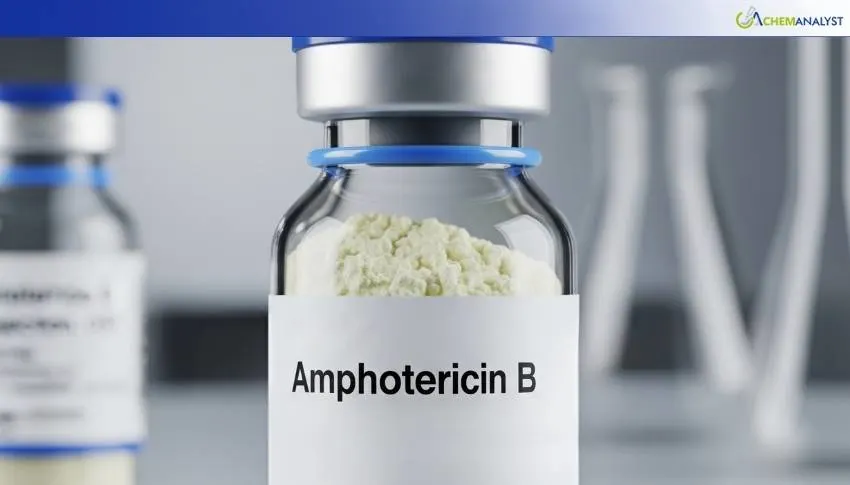Welcome To ChemAnalyst

Amphotericin B prices in the U.S. are projected to increase modestly by August’s end due to trade policies, port congestion, and Chinese shipping disruptions. The extended trade agreement with China prevents immediate tariff hikes, but rising costs are likely to pass through. Supply delays from Chinese ports and subdued demand patterns, altered by earlier shipments, suggest potential price rebounds after China’s Golden Week shutdowns, influenced by ongoing logistical and inflationary pressures.
The cost of Amphotericin B, a vital antifungal medication, is projected to increase modestly by the end of August in the United States. The upcoming Amphotericin B price hike follows a tepid rise seen last month due to a complex combination of trade policies, import logistics, and port congestion issues generated by ongoing disruptions at Chinese shipping ports.
Amphotericin B is mainly shipped to the U.S. from China and hence is subject to volatility in trade relations along with tariffs. Recently, On August 11, President Trump signed an executive order continuing the temporary trade agreement between the U.S. and China for another 90 days. This arrangement, initially operative from May 14 through August 12, will now extend to November 10, 2025. The extension of this arrangement is very important to U.S. importers, especially the pharmaceutical industry, as it stabilizes duty rates on critical imports such as Amphotericin B.
Even with the extension, demand for Amphotericin B during August in the marketplace has remained unchanged, with no noticeable variations. Importers and distributors are keenly observing trading dynamics, since the extension of the tariff truce's cease-fire has prevented short-term price increases of Amphotericin B. Nevertheless, the ongoing inflationary pressures fueled by tariff-induced cost pass-throughs likely still have an effect on the pharmaceuticals prices like Amphotericin B in the near future. As tariffs increase costs for imported goods, these expenses tend to be passed along the supply chain, resulting in higher prices for end consumers.
Apart from that, logistics issues in main Chinese ports continue to affect supply chains. Shanghai and Ningbo ports have suffered across-the-board delays caused mainly by extreme weather conditions, i.e., typhoons, that affect ship schedules and port operations. These glitches have led to across-the-board congestion, causing delays in the movement of goods-including pharmaceuticals such as Amphotericin B-within the United States.
Though September is seen by some analysts as a critical month that holds within holiday season ramp-up, overall market condition continues to be weak. Front-loading patterns in the early part of the year have distorted typical holiday season demand patterns, and this possible volume deficit with the fourth quarter may create problems in satisfying demand during the holiday period, despite year-end shipments that are expected to drive overall market activity.
Despite the current lull in demand, there are forecasts suggesting a potential rebound in Amphotericin B prices in late September, this probable increase comes as a result of China's Golden Week factory closures, when production decreases for a period of time. With factories opening again after Golden Week, demand usually rises while supply normalizes, which could also exert further pressure on Amphotericin B prices to go higher.
We use cookies to deliver the best possible experience on our website. To learn more, visit our Privacy Policy. By continuing to use this site or by closing this box, you consent to our use of cookies. More info.
